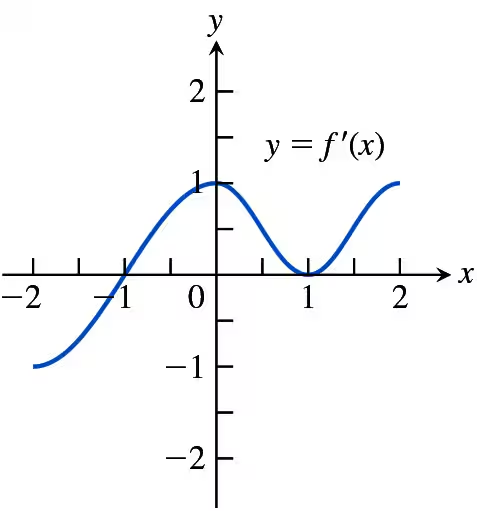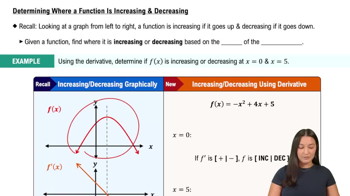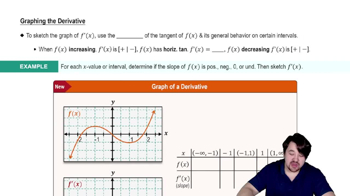Identifying Extrema
In Exercises 53–60:
a. Find the local extrema of each function on the given interval, and say where they occur.
f(x) = csc²x − 2cot x, 0 < x < π

 Verified step by step guidance
Verified step by step guidance Verified video answer for a similar problem:
Verified video answer for a similar problem:



 5:58m
5:58mMaster Finding Extrema Graphically with a bite sized video explanation from Patrick
Start learning